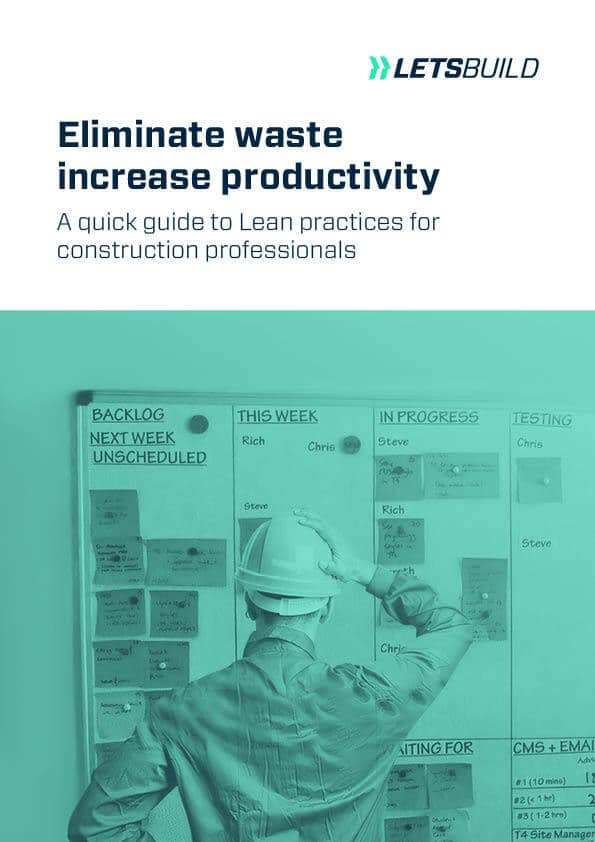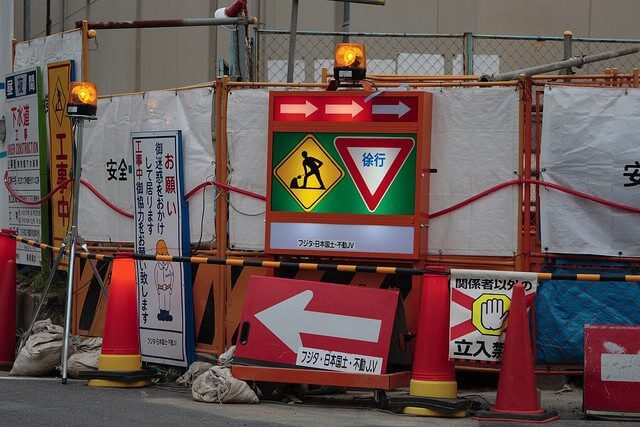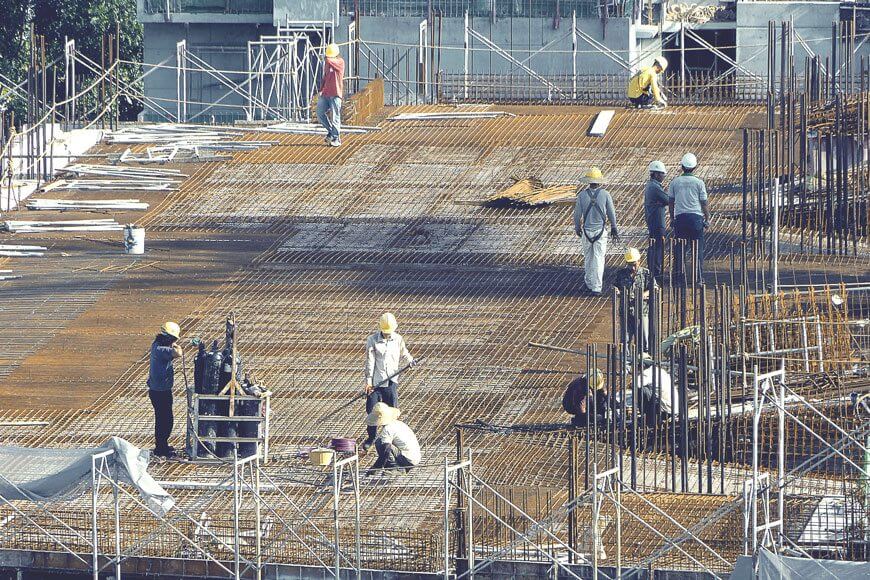Your construction site diary is a record of all your construction activities on site. This construction archive allows you and everyone involved in your project to stay up to date with your construction progress. Your site diary is highly important to the construction project and all construction companies and subcontractors concerned because it mostly functions as:
- Progress tracker/activity or task tracker for your contractor
- Workers’ record for salary calculation
- The bridge between your worksite and your office
- Documentation of all activities and tasks for your construction team and subcontractors
Daily site diary keeping has always been a tiresome and laborious pen-and-paper documentation process. The manual process of paper-based form inspection and record-keeping takes at least three hours per day. It’s time-consuming, which costs a lot of money and efforts.
Thanks to mobile technology and the disruption of the construction industry, keeping a site diary is now an easy process that offers a lot of advantages. The three-hour manual work can now be done on mobile phone with just a few clicks that only takes a few minutes to complete.
Your site diary data
Information on your site diary would vary from one project to another but your construction logs on one project are usually the same data you need to collect on a daily basis. Here are the typical form fields found on every site diary:
- Time and date
- Weather
- Shift location
- Supporting photos and/or videos
- Shift activities
- Work or tasks executed
- Rate production
- Quality, safety and environmental issues and incidents
- Important observation comments
Depending on the details required by the project, you may have to fill out additional information that may include plant, equipment, materials, expenses, and labour details. Remember, your site diary is the backbone of all your other construction reports so make sure you fill it out as accurately as possible on a daily basis and when incidents occur.
Did you know that your site diary is critical to your daily construction record keeping?
Loss of information and communication risks
The success of a construction project lies mostly on good communication between project stakeholders and participants. One of the most common crucial risks is poor communication. With a more collaborative way of working, modern construction participants need to share, collate, and integrate significant amounts of information to realise project objectives.
Asymmetric information in construction projects results to hidden characteristics, hidden information and hidden intention, which generate risks involving adverse selection, moral hazard and hold-up according to the same research based on the principal-agent theory.
- Hidden characteristics cause adverse selection problem before a contract is signed between parties. The risk results can be the wrong choice of the contractual partner. In simple terms, a wrong decision made at the earliest phase of the project results to the most expensive mistake.
- Hidden information or hidden action causes moral hazard risk. This happens after a contract is signed. In the example given in the paper, after contracts are signed, the project owner cannot be sure that all information will be shared by the contractor because of self-interest.
- Hidden intentions can cause hold-up problems. A contractor may behave opportunistically and will be too late for the project owner to withdraw his investments.
Basically, with any communication and information loss, parties lose money and time, and all efforts result to:
- The delivered project does not meet the functional requirements or the project does not get delivered at all.
- The correct construction process is not followed at all.
- The project does not meet required quality, budget, and schedule requirements.
- No appropriate project control system is in place to achieve the project goals.
For a more in-depth read on construction site diaries, head over to our everything-you-need-to-know article.
Digitising your site diary communication
Mobile technology has been slowly transforming the construction industry over the past few years. One aspect of the industry that mobile technology is found very useful is in collecting field data digitally on-site with the use of mobile devices such as tablets and smartphones. Mobile construction apps for completing site diary forms, in particular, are revolutionising how contractors and subcontractors benefit with effective communication.
Cloud-based means everyone gets access to information they need
Digitising your site diary and putting it on a cloud-based platform ensures all your daily construction logs and reports are saved to the cloud automatically and anyone with any mobile device connected to your server and allowed access can view all the information they need, may they be in the field or in the office.
Going digital means more accurate daily logs
Memory studies find that every time we try to remember and event, our memories get distorted with every second and minute that elapses. Documenting things and events as they happen is better than waiting to record them at the end of the day. A digitised site diary allows daily forms and other documents to be filled and created on a mobile device, which means a more accurate site diary.
Increased productivity
A digitised site diary means more effective communication. More effective communication means increased productivity. Tracking delivery schedules, workers and their activities, can greatly improve project outcomes.
Increased visibility and transparency for project managers
A digitised site diary on a cloud platform allows project managers and other higher project participants the daily visibility and transparency they cannot get with paper-trailed processes. Digital construction logs allow CEOs and project managers to see real-time progress of their projects.
Predictive problem management
Having a digital site diary creates a trail of actions that can be referenced to prevent future problems. An easily accessible construction diary can catch small issues before they can create costly problems.
Your digital site diary can greatly impact the outcome of your projects with improved productivity, better data accuracy, and a useful tool that can be referenced for future projects. It’s time to say goodbye to your pen-and-paper site diary and your annoying PDFs. Discover today how you can use a digital site diary to get that competitive edge in today’s construction business.




